1. They are the most poisonous fish in the sea
The Puffer is harmless, unless eaten. The liver, intestines, gonads and skin are highly poisonous and cause death in around 60% of people who eat it. If prepared properly the puffer (or fugu) is edible and considered a delicacy in Japan and Korea.
The Puffer’s toxin – tetrodotoxin – is produced within the puffer fish by bacteria. The fish acquire the bacteria by grazing on the reef and eating molluscs and other invertebrates. Weight-for-weight, tetrodotoxin is up to 100 times as deadly as the venom of the black widow spider and over 1000 times more deadly than cyanide. It is one of the most poisonous natural substances.
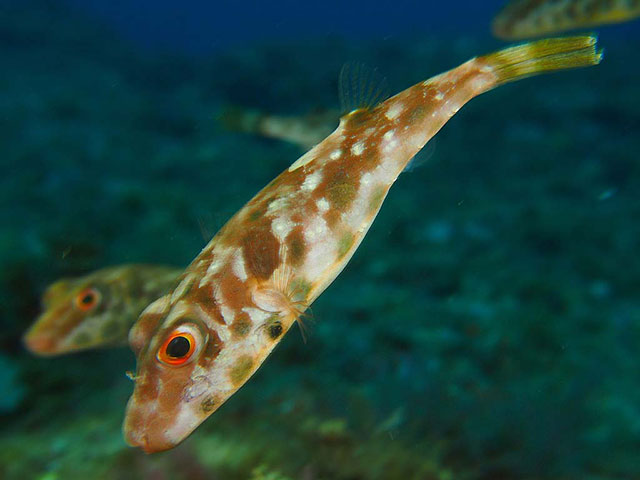
2. They are the only bony fish which can close their eyes
But they don’t have eyelids. Instead they pull their eyeballs deep within their sockets to a depth of 70 per cent of the eye’s full diameter – among the greatest eye-sinking depths ever recorded in an animal. They then squeeze the skin surrounding the eye closed.
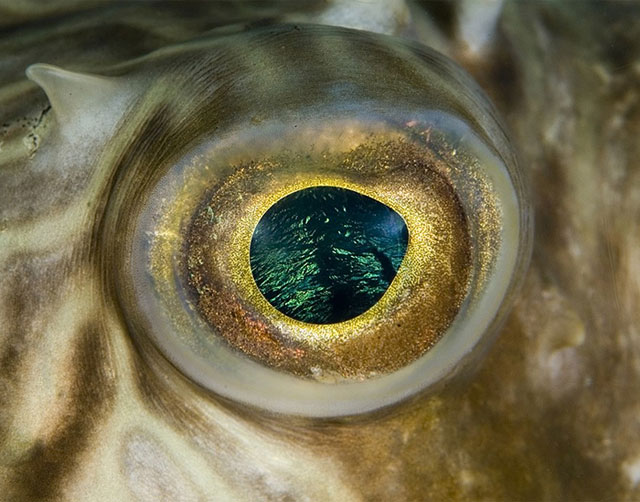
3. They are masters of self-defence
Not content with being one of the most poisonous animals in the sea, when threatened they greatly inflate themselves with water, making themselves look much larger than they usually are. They do this by rapidly gulping water into their extending stomach. This makes them into a spiny ball three to four times their normal size. It’s not good for the puffer fish though, so they only do this when seriously threatened.
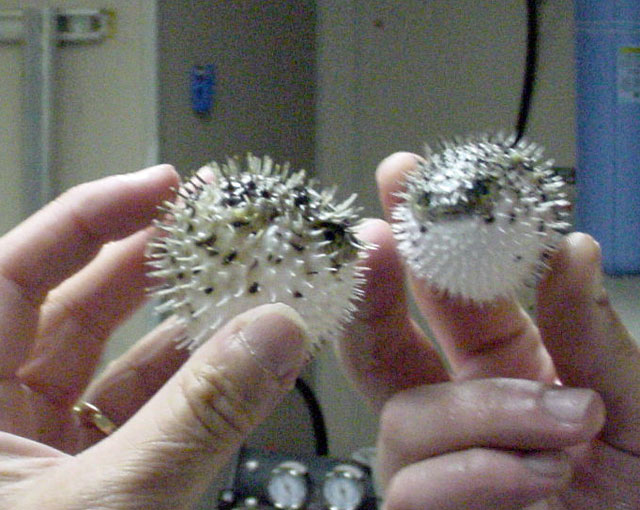
Photographer: Jerry Mclelland, Credit: Charleston Bump Expedition. NOAA Office of Ocean Exploration
4. Puffer fish don’t have scales
Instead they generally have spines. These normally lie flat but when they puff up the spines erect.
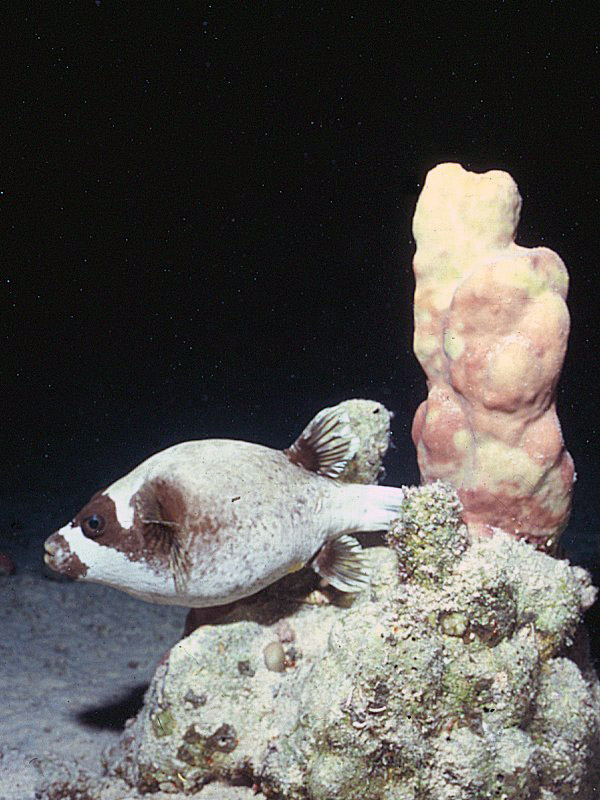
5. One makes huge, beautiful nest patterns in the sand
Although the fish are only small, they make geometric nests 2 m across, and it takes them a week or more to do so. They even decorate their creations with shells. Male fish do this to attract a mate. They never reuse the nest, always constructing a new circular structure in spite of the time and effort it takes. It was only in 2015 that the fish that constructed these masterpieces were described as a new species, Torquigener albomaculosus.
6. Their teeth are fused together and never stop growing
Adult puffer fish have just four teeth, fused together into one strong beak. They use this to open clams or mussels, and scrape algae off rocks. These teeth can regenerate indefinitely, so they never become completely ground down. The four teeth gave rise to the name of their family: Tetraodontidae.
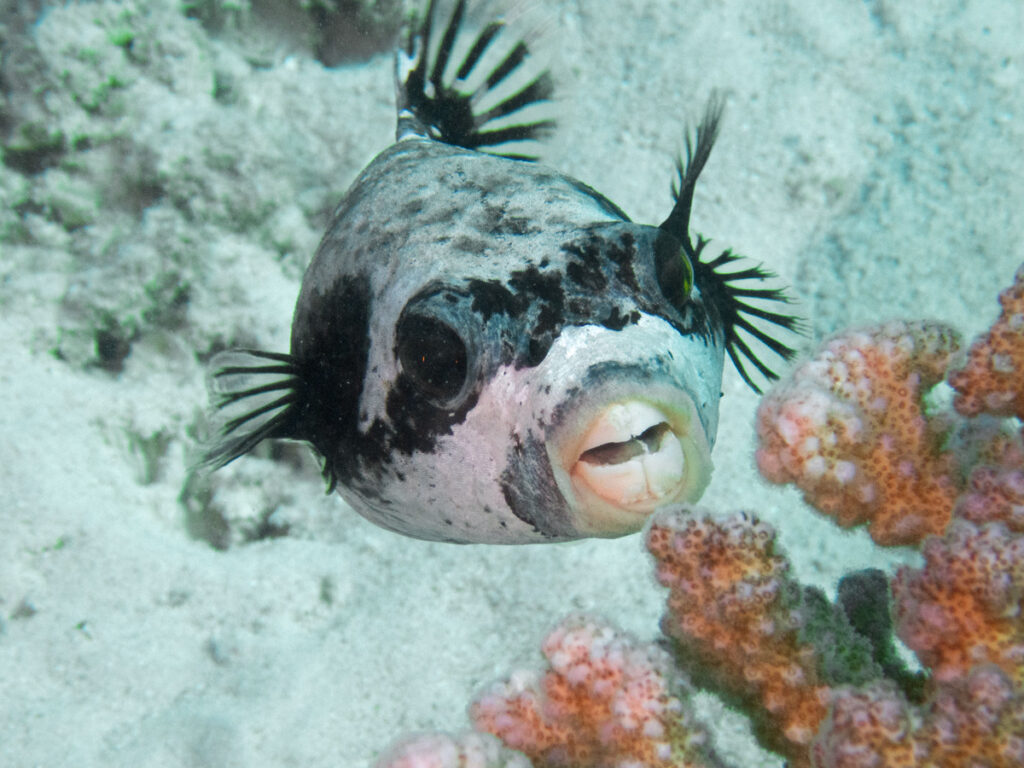
7. Baby puffer fish are cannibals
The larvae of the tiger puffer fish, once it has grown its first teeth, starts attacking its siblings which haven’t yet done so. As these baby fish have very small mouths, rather than swallowing their brothers and sisters whole would instead bite lumps out of them, causing plenty of deaths.

Adult puffer fish carry on being predators, but don’t eat each other. Many prefer molluscs, crabs and other invertebrates which they crunch open with their strong beaks. The Guineafowl puffer enjoys hard corals, others eat fish or sea whips – which may be another source of their toxins.
8. There are over 200 species of puffer fish, living in either fresh or salt water
Two hundred of types of puffer fish make up the Tetraodontidae family.

9. Some puffer fish are over 60 cm long
Puffer fish range in size from the tiny freshwater pygmy puffer fish at 3.5 cm to the giant puffer fish, also found in freshwater, at 67 cm long.
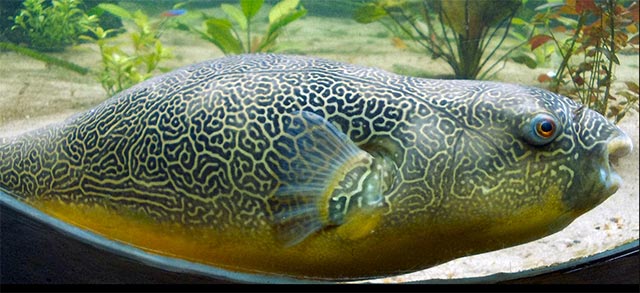
10. Dolphins use them to get high
Footage from a BBC documentary series, “Spy in the Pod,” reveals what appears to be dolphins getting high from puffer fish. The dolphins were filmed playing with the puffer, passing it between each other for 20 to 30 minutes at a time. Afterwards they’re shown swimming “dreamily”. The puffer fish are generally alarmed but unharmed.
Further Reading
Tetrodotoxin Poisoning Associated With Eating Puffer Fish Transported from Japan
Tetrodotoxin…an ancient alkaloid from the sea… By Jim Johnson
Pufferfish blink by pulling in their eyeballs and puckering their skin, New Scientist 2021
Georgia Evelyn McGee and Timothy Darren Clark, 2014 All puffed out: do pufferfish hold their breath while inflated? Biol. Lett.102014082320140823
Zoologger: The most kick-ass fish in the sea, New Scientist 2010
The psychological workings of dolphins, Poppy-Reay Robinson 2020






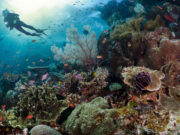
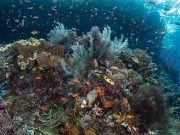



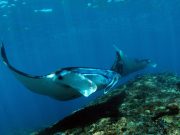






Why horrible I think the facts are really cool
Horrible